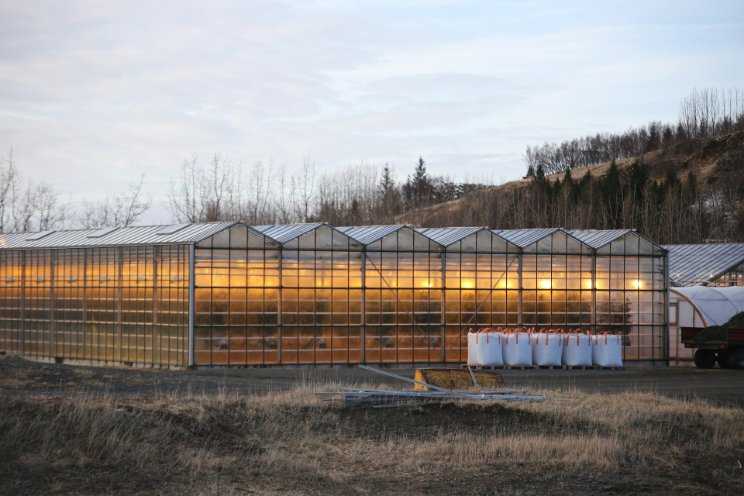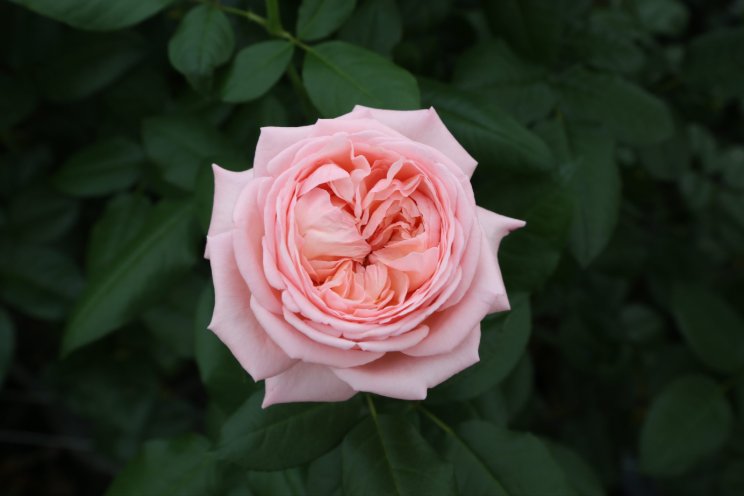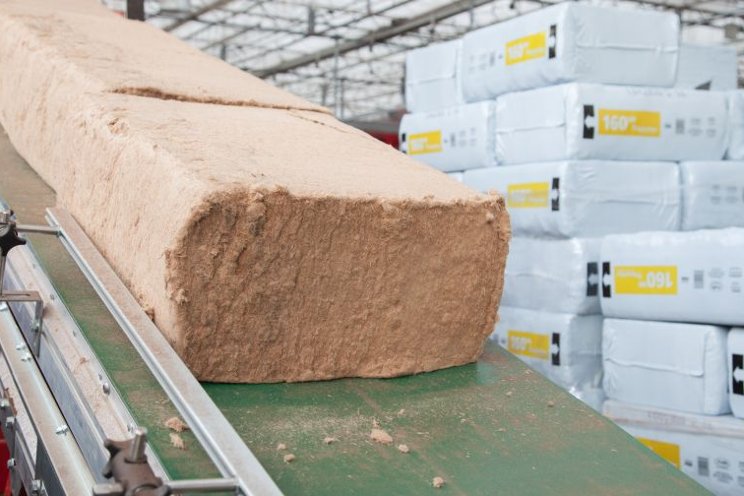Pandemic sparks a renewed interest in carnations
Added on 15 May 2022
When the commercial trade of cut flowers began, carnations quickly became a staple crop of flower growers in Europe and the USA for many years. It caught on in Colombia in the late 1960s. In fact, from the 1980s through to the 1990s, carnations held a hefty 60 per cent and over of the flower mix.
Carnations picking up
Carnations gained popularity quickly because they could withstand less than perfect marketing conditions while still retaining a decent more than seven-day vase life with the end consumer. They came in a variety of pleasing colours that made them suitable for specific festive occasions. And growers found them relatively easy to grow, even if plant health issues arise. To control severe diseases like fusarium wilt, growers switched from soil to hydroponics or steam to disinfect their soil. In the early days of carnation production, the so-called Sim varieties suffered from calyx splitting. So growers needed to place a rubber band around each bud to cover the split.
Then came improved shipping, packaging and postharvest care technologies allowing exporters to ship cut roses and many other flowers previously considered too short-lived for distant markets, reachable only after many hours of transport. It seemed carnations had fallen out of grace and only retained a presence on the international floriculture stage, as a basic product.
Breeding pushes popularity
Carnation breeders and growers have not been idle over the past several years, and research and development efforts have begun to show very prominently.
Carnations started enjoying an increasing market presence, and popularity grew again with the pandemic and strongly featured this Valentine's Day. Dianthus Week, held in early March in Colombia, confirmed this trend. The floral industry suddenly seems to have fallen in love again with carnations.
Photo Courtesy of AIPH
Source: AIPH
More news















